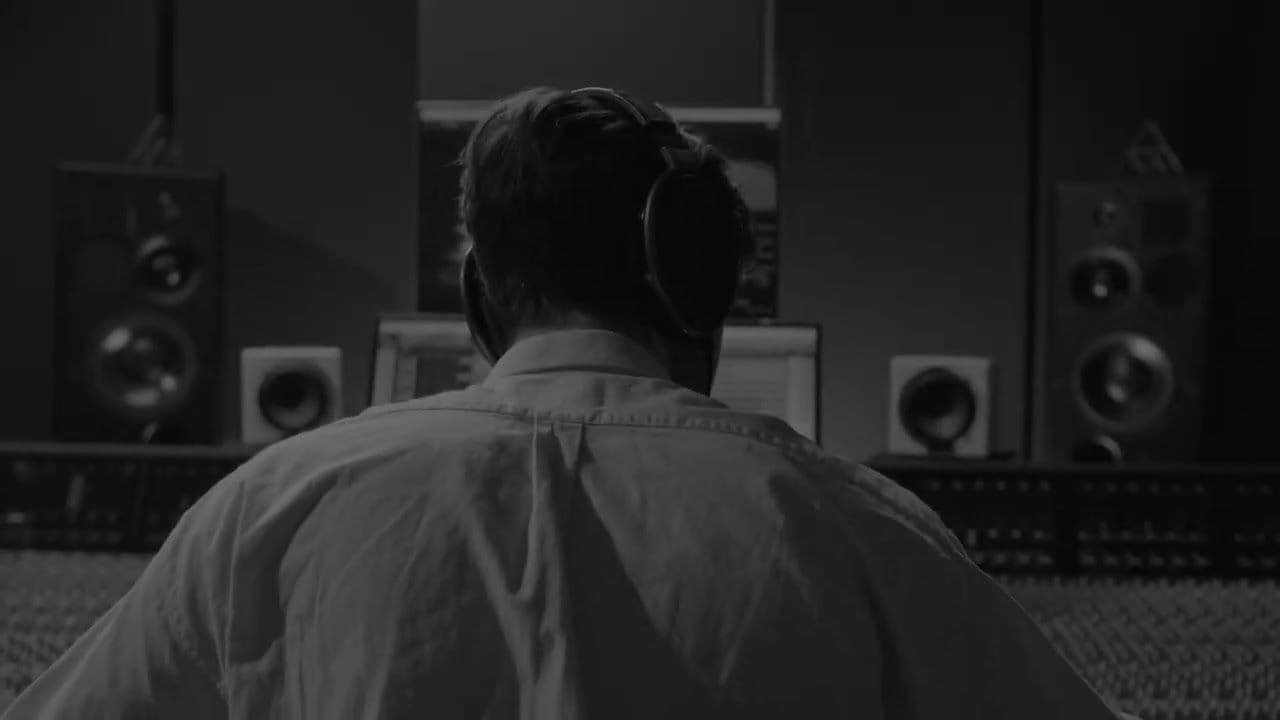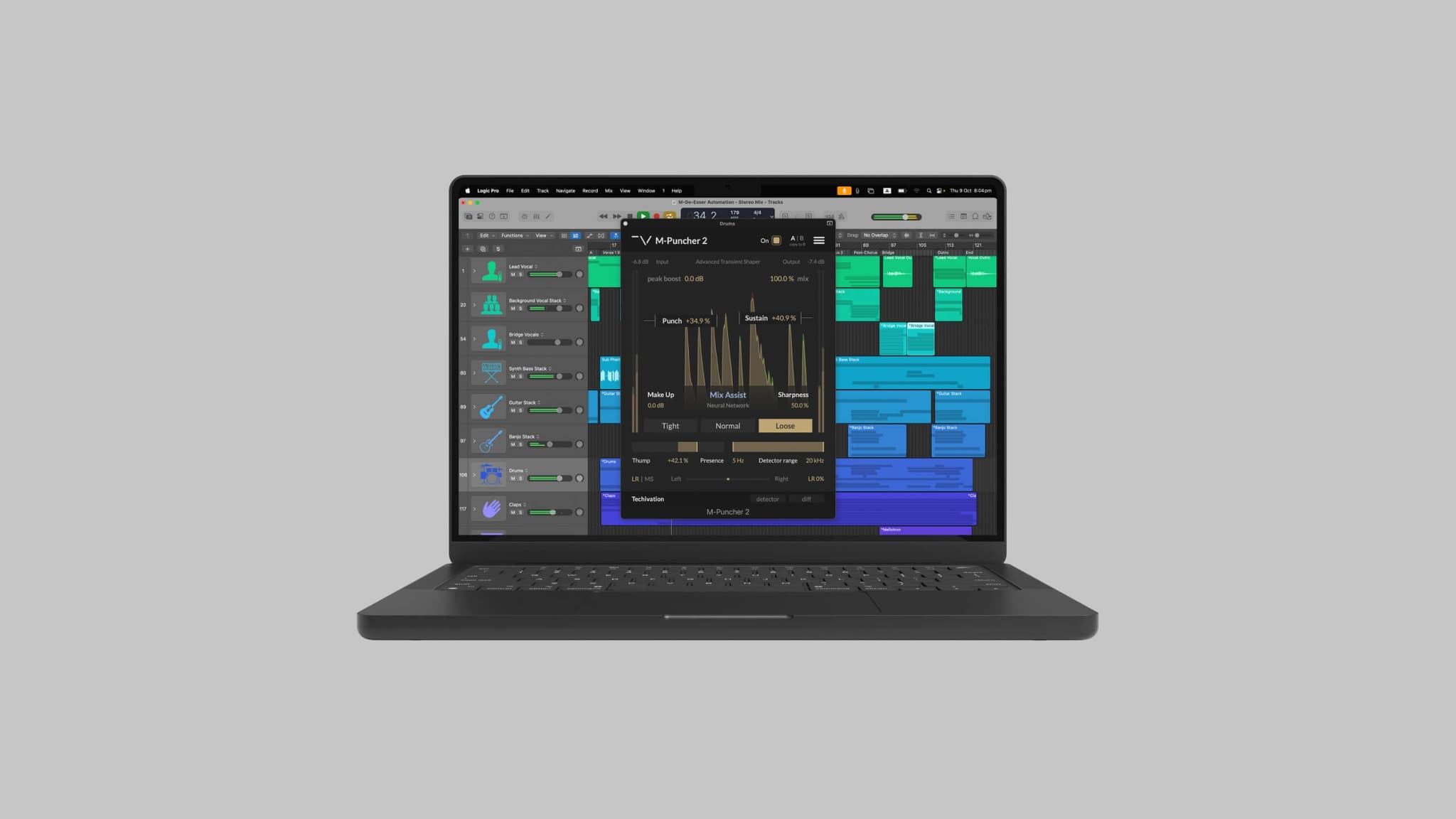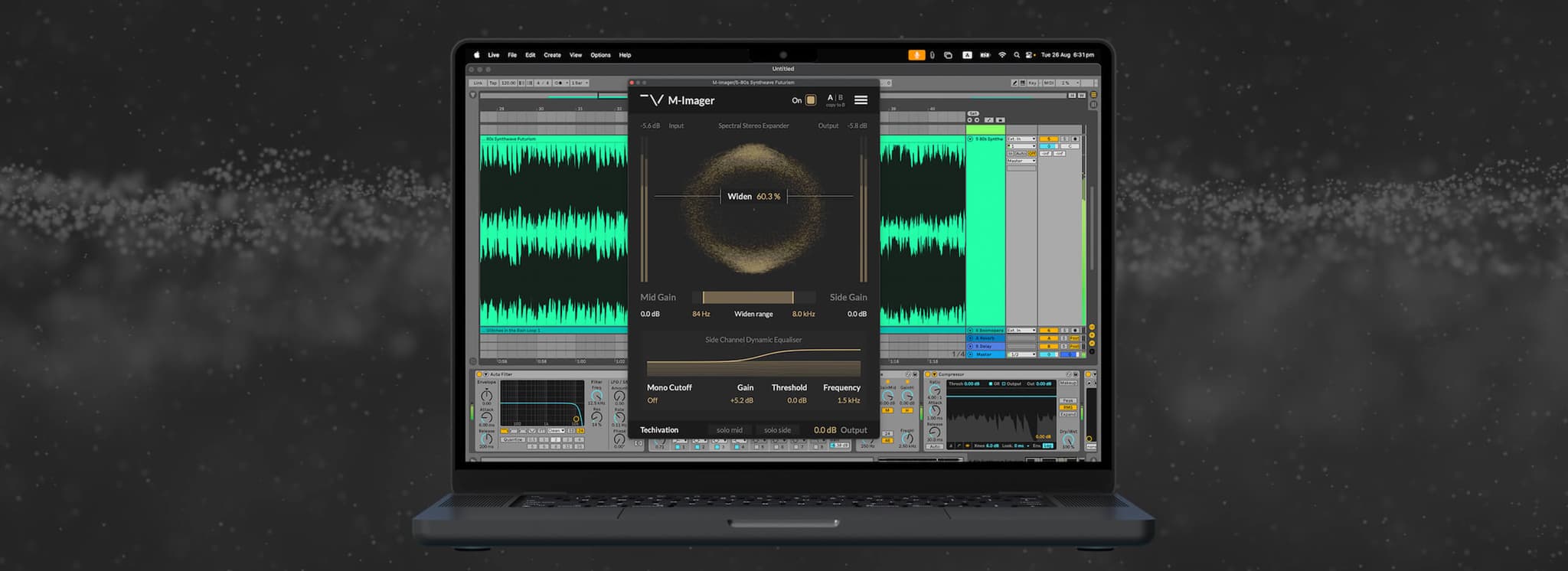Mixing Vocals:How Important is a De-Esser?
An Article Written By Thiago Baggio
Intro
As consumers, we must agree that a singer’s voice in a song is the most important element of all. Being able to understand every word and feel the emotions the artist intended to pass on and communicate is key to a successful song but in order for this to happen there are several topics that require both time and attention to detail.
During my time as a recording engineer I have worked alongside numerous artists, producers, and vocal coaches and if there’s one thing that I learned is that the first step prior to having a great vocal sound in your final production, is to have a very good vocal recording to start with. This will allow you to use less processing later on, especially if you have the right tools for the job, which in this case, believe it or not, is a De-Esser. However, there are a few key factors that should be considered when trying to get it right from the source.

Musician and Instrument
The first thing to think about is the performer and their instrument. In this case the singer and their voice. Having a good singer who is well prepared and knows the song is crucial to start with. According to the dictionary “by heart” means that you have learned something in such a way that you can repeat it from memory; but when it comes to performing the music we can go a little further — since you know the song so well that you don’t have to worry about remembering the lyrics and the notes anymore, you can focus on the performance and projecting emotion and feeling while executing it.

Acoustics and placement
The room and the position of the source inside of it are crucial for a good result as well. I personally like to capture vocals (and almost any source) in a large room to avoid reflections that might bring undesired artifacts to the recording.
Of course, controlling the ambiance captured is also important, and having the artist sing in a big room will reflect in capturing its reverberation too, so using “gobos” to create a smaller space inside the room is a good idea. Something that I really like to do is have the singer not perform very close to the microphone unless it’s required in order to achieve a certain sound or aesthetics.
I find that having the person perform a step away from the microphone avoids undesired artifacts and noises and also gives us a very flat response, avoiding too much top end and overly weighted lows.

Microphone Choice
Since we’re already talking about microphones, picking up a few options and having them set up in the room for comparison is something that I almost always do. It’s important to understand that all microphones sound different in different rooms with different sources and it doesn’t mean that your most expensive piece of gear will sound as good with one artist as it sounded before with another one.
That’s one of the main reasons why both topics mentioned above are so important and they all compliment each other. Think about this: An expensive microphone in a bad room might sound less good than a cheaper microphone in a very good room. In other words, If you have a great source positioned well inside a nice room in order to optimize what is good and minimize what is not, then your microphone has the chance to operate to their maximum capabilities.

Performance and Interaction
Last but not least, the actual execution of the song. A good performance balanced with good tuning is key and there are a few details that could ruin your chances of achieving this if not taken care of. A good tip is setting up good lighting and trying to create a vibe to shape the mood of the studio and help the artist to get comfortable and deliver their best. I have worked with people that can’t even sing if they can see the engineer or producer on the other side of the glass, for example.
A killer headphone mix is also key to achieving great results. How can you expect the artist to perform well if there is a poorly set up headphone mix? If your artist can’t either hear themselves or the music clearly in their headphones their performance will suffer accordingly. Another important aspect is how you capture the takes.
I find myself many times changing the methods that I use in tracking sessions based on how the musicians interact. There are several ways to do that, some professionals record a few takes and then compile them together; others record part by part, phrase by phrase. There’s no right or wrong, what matters is understanding what works best for each person to ensure continuity across the takes to make the recording process look and feel more natural

The right tools for the job
I have been following these steps for years now and lately, I have noticed myself mixing vocals with more ease. Good recordings help me focus on being more creative when trying to improve the songs, instead of having to waste time and energy trying to fix problems.
In fact, my latest mixes only carried a few de-essers and almost no compression or eq whatsoever on the vocal tracks, and please allow me to tell you why.
De-essers are very powerful tools that can help you go way further when mixing vocals. Some are very simple and straightforward with only a few parameters to mess with, which is fine, but are not always enough and can limit your creativity or even sound unnatural.
Some others like T-De-Esser Pro , for instance, can be very versatile and give you options to manipulate the sound in ways that you could never achieve without having to pull up a few other plugins instead of one.

The T-De-Esser Pro has unique features not usually found in de-essers that let you have full control over the sound such as the “Intensity” knob that works basically as the ratio function found in general compressors, however, it lets you determine how much gain reduction the plugin applies in the frequencies affected only (high frequencies).
The “Sharpness” knob allows you to have control over the transitions between the non-compressed and compressed signal, very similar to the knee function also found in compressors as well as attack and release options.
Other features that make me love this plugin is a mix knob that allows you to use it as a parallel processor and blend the processed signal to taste without having to set up a more complicated routing scheme; a “Hi-Cut filter” that helps you shape the sound and add dimension when trying to place the element in the mix, “M/S” mode and a “Link” button that allows the plugin to process independently L and R or Mid and Side.
Even though this article is all about vocals, the latter is very useful when mixing Drum Overheads and other stereo instruments that require independent processing on each side.
Despite its very natural and clear-sounding nature, there’s another addition to this plugin that makes it even more unique and more versatile:Saturation. This option lets you add color and texture to the sound and can help the de-esser in some situations to make a smoother sound.
The saturation option has also got a filter that allows you to add saturation only to the specific selected high-frequency range making the high frequencies sound crisp without adding harshness.
Final thoughts
My conclusion is that It’s no wonder that the combination of a good vocal recording and a few de-essers have allowed me to achieve great vocal mixes for my latest clients especially when you have such a powerful tool in hands like the T-De-Esser Pro.
Written By Thiago Baggio
Recording & Mixing Engineer
www.thiagobaggio.com
Share this Article
Featured in this post



![[Video] New Update Released: Techivation M-Exciter](/_next/image?url=https%3A%2F%2Fstatic.techivation.com%2Fuploads%2FM-Exciter%2520New%2520Update.jpg&w=2048&q=75&dpl=dpl_8tuL6D3KD9gUwxuqZU5AMye9cLvU)
